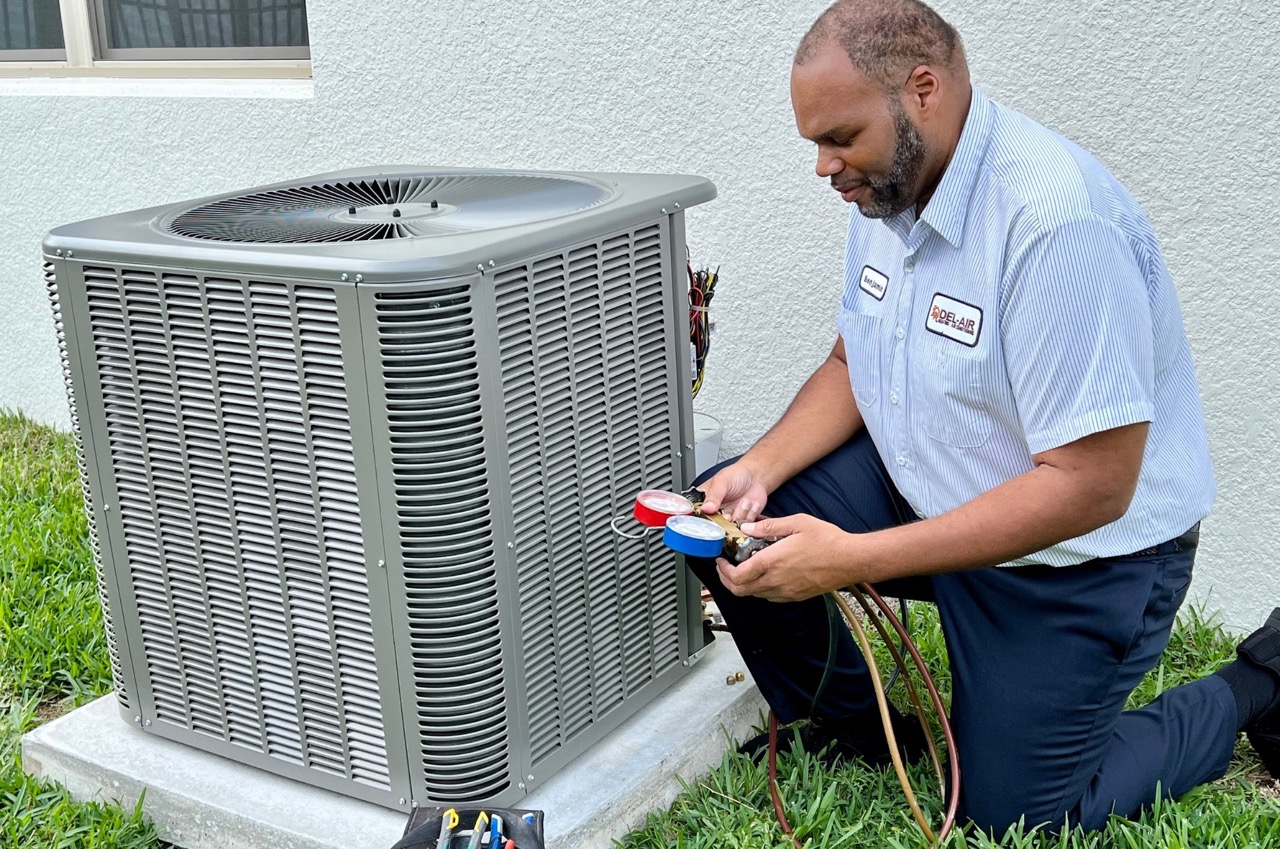

Articles
Where Is AC Drain Pan
Modified: May 6, 2024
Discover the importance of maintaining your AC drain pan and learn where it is located in this informative article. Keep your AC system functioning at its best!
(Many of the links in this article redirect to a specific reviewed product. Your purchase of these products through affiliate links helps to generate commission for Storables.com, at no extra cost. Learn more)
Introduction
Welcome to our comprehensive guide on the topic of AC drain pans! In this article, we will explore what an AC drain pan is, its importance in the functioning of an air conditioning system, and where you can commonly find it. Additionally, we will address the issue of not being able to locate the AC drain pan and provide possible solutions. So, if you’ve ever wondered about the whereabouts of your AC drain pan or encountered difficulties in finding it, you’ve come to the right place.
An air conditioning system plays a crucial role in our daily lives, helping us stay comfortable and cool during hot summer days. But did you know that there is more to an AC system than just the unit itself? Behind the scenes, there are several components working together, and one such component is the AC drain pan.
The AC drain pan, sometimes referred to as the condensate pan, is a vital part of an air conditioning system. Its primary function is to collect the condensation that occurs when warm air passes through the evaporator coil. As the moisture condenses, it accumulates in the drain pan, which is then connected to a drain line to remove the water. Without a properly functioning drain pan, you may encounter issues such as water leakage, mold growth, and even damage to your AC unit.
Key Takeaways:
- The AC drain pan is a critical yet often overlooked component of an air conditioning system, playing a vital role in preventing water damage, preserving system efficiency, and safeguarding indoor air quality.
- If you’re unable to locate the AC drain pan, consider consulting a professional HVAC technician, inspecting and cleaning the drainage system, or installing a secondary drain pan as potential solutions to address condensate drainage issues.
Read more: Where Do I Drain My AC Condensate?
What is an AC drain pan?
An AC drain pan, also known as a condensate pan, is a shallow metal or plastic tray located beneath the evaporator coil of an air conditioning system. Its purpose is to collect and temporarily hold the water that is produced during the cooling process. When warm air passes over the cold evaporator coil, moisture in the air condenses and turns into water droplets. These droplets drip into the drain pan and eventually flow into a drain line, preventing water from accumulating and causing damage to the system.
AC drain pans come in different sizes and shapes, depending on the size and configuration of the air conditioning unit. They are typically rectangular or square in shape, with raised edges and a shallow depth to hold the water. Metal drain pans are commonly used in commercial air conditioning systems due to their durability, while plastic drain pans are more commonly found in residential units. Some drain pans may also come with a built-in drain pump to assist in removing the water to an external drain.
In addition to collecting condensate, some AC drain pans also have a secondary purpose. They may include a safety switch or float switch that detects when the water level in the pan exceeds a certain threshold. If the water level rises too high, indicating a potential blockage or malfunction, the switch triggers an alarm or shuts down the AC unit to prevent water damage.
Overall, the AC drain pan is a crucial component of any air conditioning system. It plays a vital role in ensuring the proper functioning and longevity of the unit by safely collecting and removing the condensate that is generated during the cooling process.
Importance of an AC drain pan
The AC drain pan may seem like a small and insignificant component of an air conditioning system, but its importance should not be underestimated. Here are several key reasons why the AC drain pan plays a crucial role:
- Preventing water damage: The primary function of the AC drain pan is to collect and remove the condensate that is produced during the cooling process. Without a properly functioning drain pan, the water can overflow and cause damage to the surrounding area, including walls, ceilings, and electrical components. It can also lead to the growth of mold and mildew, which can have negative health effects.
- Preserving system efficiency: When excess water is not properly drained, it can interfere with the airflow and cooling efficiency of the air conditioning system. A clogged or overflowing drain pan can cause the air conditioner to work harder, leading to increased energy consumption and reduced cooling performance.
- Preventing microbial growth: Moisture is an ideal breeding ground for mold, mildew, and bacteria. If the condensate is not collected and removed by the AC drain pan, these microorganisms can thrive, leading to unpleasant odors, poor indoor air quality, and potential health issues for occupants.
- Safeguarding the evaporator coil: The evaporator coil is a vital component of the air conditioning system responsible for extracting heat from the air. If the drain pan fails to collect the condensate, water droplets can fall onto the evaporator coil and mix with dust and debris, forming a layer of grime. This can impair the coil’s heat transfer ability, reducing its efficiency and potentially leading to system malfunctions.
- Enhancing system lifespan: By ensuring that the condensate is properly collected and drained, the AC drain pan helps to minimize the risk of water damage to the air conditioning unit. This can extend the lifespan of the system, saving you money on costly repairs or premature replacement.
All these factors highlight the critical role of the AC drain pan in maintaining the functionality, efficiency, and longevity of your air conditioning system. Regular maintenance and inspection of the drain pan are essential to ensure it remains free of blockages, cracks, or other issues that could compromise its performance.
Common locations of AC drain pans
The specific location of the AC drain pan within an air conditioning system can vary depending on the design and configuration of the unit. However, there are a few common locations where you are likely to find the AC drain pan:
- Beneath the air handler unit: In many residential air conditioning systems, the air handler is located in an attic, basement, or utility closet. The AC drain pan is typically positioned directly beneath the air handler, collecting and draining the condensate that drips from the evaporator coil.
- Inside the air handler cabinet: Some air conditioning systems have an integrated drain pan that is housed within the air handler cabinet. The condensate from the evaporator coil flows directly into this internal drain pan before being drained out through a dedicated outlet.
- Adjacent to the indoor unit: In split-system air conditioners, where the evaporator coil is located indoors and the condenser coil is located outdoors, the AC drain pan may be positioned near the indoor unit. It is commonly found underneath the evaporator coil or within the air handler assembly.
- Within a packaged unit: Packaged air conditioning units, which contain all the components in a single enclosure, often have the AC drain pan integrated into the unit’s design. The drain pan is typically located in the lower section of the unit, collecting condensate from the evaporator coil and directing it to the drain line.
It is important to note that while these are the typical locations of AC drain pans, there may be variations based on the specific model and installation of the air conditioning system. Consulting the manufacturer’s documentation or seeking professional assistance can help you locate the exact position of the AC drain pan in your particular unit.
Remember that periodic inspection and maintenance of the AC drain pan are essential to ensure it remains clean, free of blockages, and in proper working condition. Regular cleaning and clearing of any debris or microbial growth can help prevent issues such as water leakage, mold formation, and system malfunctions.
Check under the indoor unit of your AC system to locate the drain pan. It is usually located at the bottom of the unit and collects condensation from the evaporator coils. If you notice any leaks or standing water, it may need to be cleaned or repaired.
Reasons for not finding the AC drain pan
It can be frustrating when you’re unable to locate the AC drain pan, especially if you’re experiencing issues with water leakage or suspect a problem with the condensate drainage. Here are some possible reasons why you might not be able to find the AC drain pan:
- Inaccessible location: In some air conditioning systems, particularly older units or complex installations, the AC drain pan may be located in a hard-to-reach or hidden area. It could be concealed behind panels, within the ductwork, or in a section that requires disassembling parts of the system to access.
- Compact design: In certain modern air conditioning units, the AC drain pan may be designed to be compact and integrated into the unit’s structure, making it less visible or harder to identify. It could be tucked away within the air handler assembly or enclosed within the unit’s casing.
- Custom installations: In cases where the air conditioning system has been custom-built or modified, the AC drain pan might not follow the conventional placement. It could have been positioned in a different location to accommodate unique configurations or space constraints.
- Obstruction or blockage: The AC drain pan could be obstructed or blocked by debris, dirt, or microbial growth. Over time, dust, dirt, and biological contaminants can accumulate in the pan, leading to blockages that prevent the condensate from properly draining. This can cause water to overflow or back up, resulting in water leakage issues.
- Damaged or missing drain pan: In rare cases, the AC drain pan might be damaged, corroded, or completely missing. This could occur due to wear and tear, prolonged exposure to water or chemicals, or improper maintenance. Without a functional drain pan, the condensate will not have a proper collection point, leading to potential water damage or drainage issues.
If you are unable to locate the AC drain pan or suspect any of the above issues, it is advisable to consult with a professional HVAC technician. They can conduct a thorough inspection of your air conditioning system, identify the exact whereabouts of the drain pan, and resolve any problems or deficiencies that may be affecting its functionality.
Remember, finding and maintaining the AC drain pan is essential for the proper function and longevity of your air conditioning system. Regular inspection, cleaning, and maintenance can help prevent issues such as water leakage, mold growth, and inefficient cooling.
Read more: How To Install A Washing Machine Drain Pan
Possible solutions if the AC drain pan is not found
If you are unable to locate the AC drain pan in your air conditioning system, there are a few possible solutions to consider. These solutions can help you address condensate drainage issues and prevent water damage or other complications:
- Contact a professional HVAC technician: If you’re having trouble finding the AC drain pan or are experiencing water leakage or drainage issues, it is recommended to seek the assistance of a licensed HVAC technician. They have the knowledge, expertise, and specialized equipment to locate and assess the drain pan in your specific system.
- Inspect and clean the drainage system: While you may not be able to locate the drain pan, you can still inspect and clean the drainage system to ensure proper condensate removal. Check the drain lines, traps, and outlets for any clogs or blockages and clear them using a wet/dry vacuum or a pipe-clearing tool. It’s also a good idea to remove any debris or microbial growth from the drainage system to prevent future blockages.
- Consider installing a secondary drain pan: In the absence of a visible AC drain pan, you can opt to install a secondary drain pan as a backup measure. This secondary pan can be placed beneath the air handler unit or in a strategic location to collect condensate in case of any primary drain pan failure. Ensure that the secondary pan is properly connected to a drain line or has its own dedicated outlet for water removal.
- Upgrade or retrofit the system: In some cases, particularly with older or customized air conditioning systems, it may be necessary to consider upgrading or retrofitting the system to address the AC drain pan issue. This could involve consulting with an HVAC professional to explore options such as installing a new drain pan, modifying the existing system to improve drainage, or considering alternative condensate management solutions.
- Maintain regular HVAC system maintenance: Whether or not you can locate the AC drain pan, it is vital to prioritize regular maintenance for your HVAC system. This includes scheduling professional inspections, cleaning or replacing air filters, and ensuring proper airflow and humidity control. By maintaining your system, you can minimize the risk of condensate-related problems and extend the lifespan of your air conditioning unit.
Remember, it is best to consult with an HVAC professional to assess and address any issues related to the AC drain pan in your air conditioning system. They can provide personalized recommendations and solutions based on your specific setup and requirements.
By taking proactive steps to address the drain pan issue, you can ensure the efficient operation of your air conditioning system and maintain a comfortable indoor environment.
Conclusion
The AC drain pan is an often overlooked but crucial component of an air conditioning system. It serves the important function of collecting and removing condensate that is produced during the cooling process. Without a properly functioning drain pan, water leakage, mold growth, reduced system efficiency, and potential damage to the unit can occur. Understanding the significance of the AC drain pan and knowing where to find it is essential for maintaining the functionality and longevity of your air conditioning system.
In this article, we have explored what an AC drain pan is and its importance in the system. We have also discussed common locations where you can find the AC drain pan, such as beneath the air handler unit, inside the air handler cabinet, adjacent to the indoor unit, or within a packaged unit. However, it is worth noting that the specific location can vary depending on the design and installation of the system.
In cases where the AC drain pan is not found, there are several possible solutions. Seeking the assistance of a professional HVAC technician is recommended to accurately locate the drain pan and address any issues affecting its functionality. Inspecting and cleaning the drainage system, installing a secondary drain pan, upgrading or retrofitting the system, and maintaining regular HVAC system maintenance are all potential solutions to consider.
By taking proper care of the AC drain pan and ensuring its functionality, you can prevent water damage, maintain system efficiency, promote good indoor air quality, and prolong the lifespan of your air conditioning unit. Remember, a well-maintained AC drain pan is a key component in keeping your home comfortable and cool during those hot summer months.
Once you've located your AC drain pan, you might wonder about upkeep or face unexpected issues. For those tricky moments when professional help is needed, learning who to call for air conditioner repair ensures your system remains in top shape. Meanwhile, if you're considering an upgrade, delving into options like the best window unit AC for 2024 can guide your next purchase, ensuring efficient installation and optimal cooling. Ready to ensure your summer is a breeze? Check out our detailed guides.
Frequently Asked Questions about Where Is AC Drain Pan
Was this page helpful?
At Storables.com, we guarantee accurate and reliable information. Our content, validated by Expert Board Contributors, is crafted following stringent Editorial Policies. We're committed to providing you with well-researched, expert-backed insights for all your informational needs.
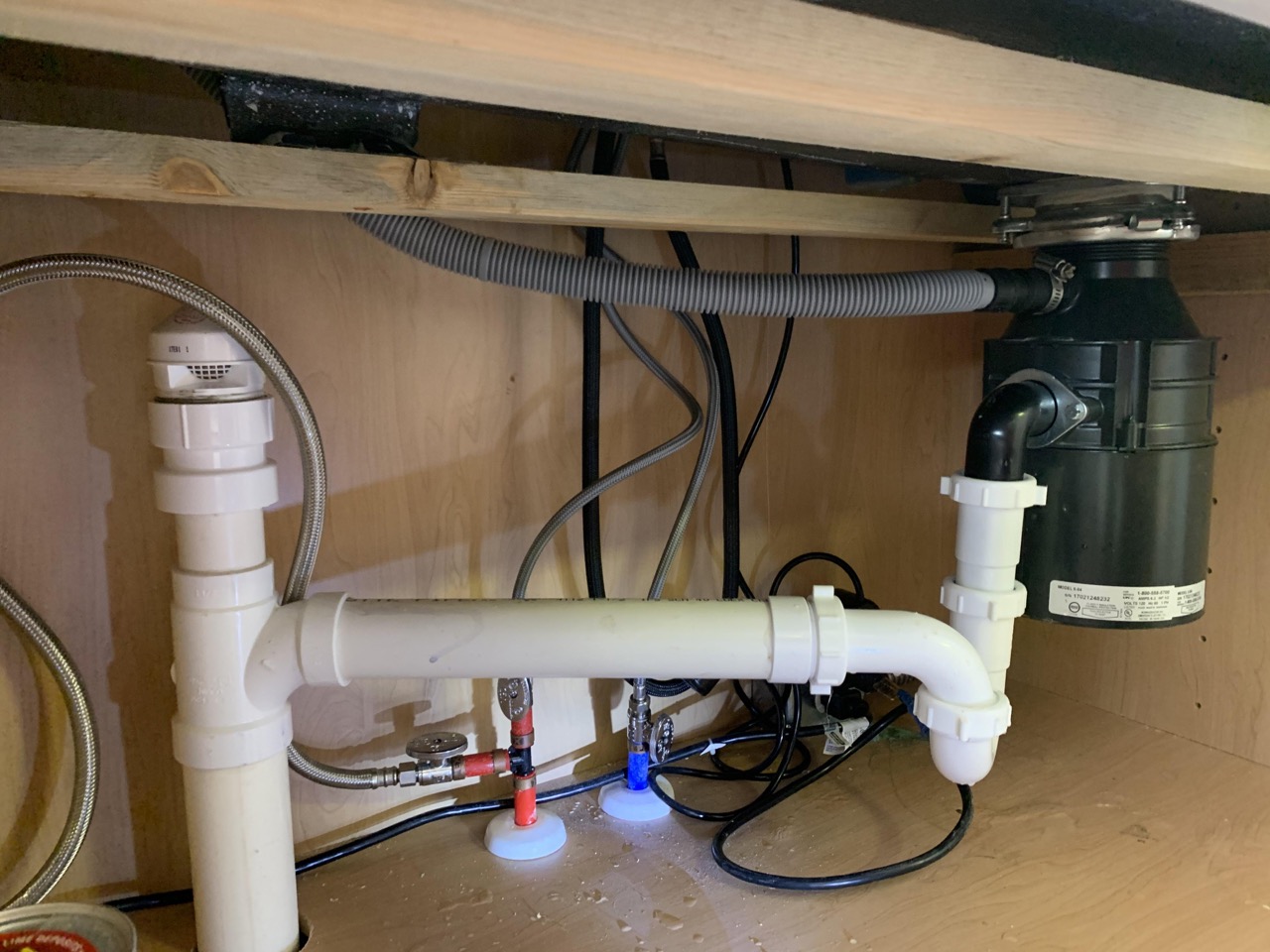
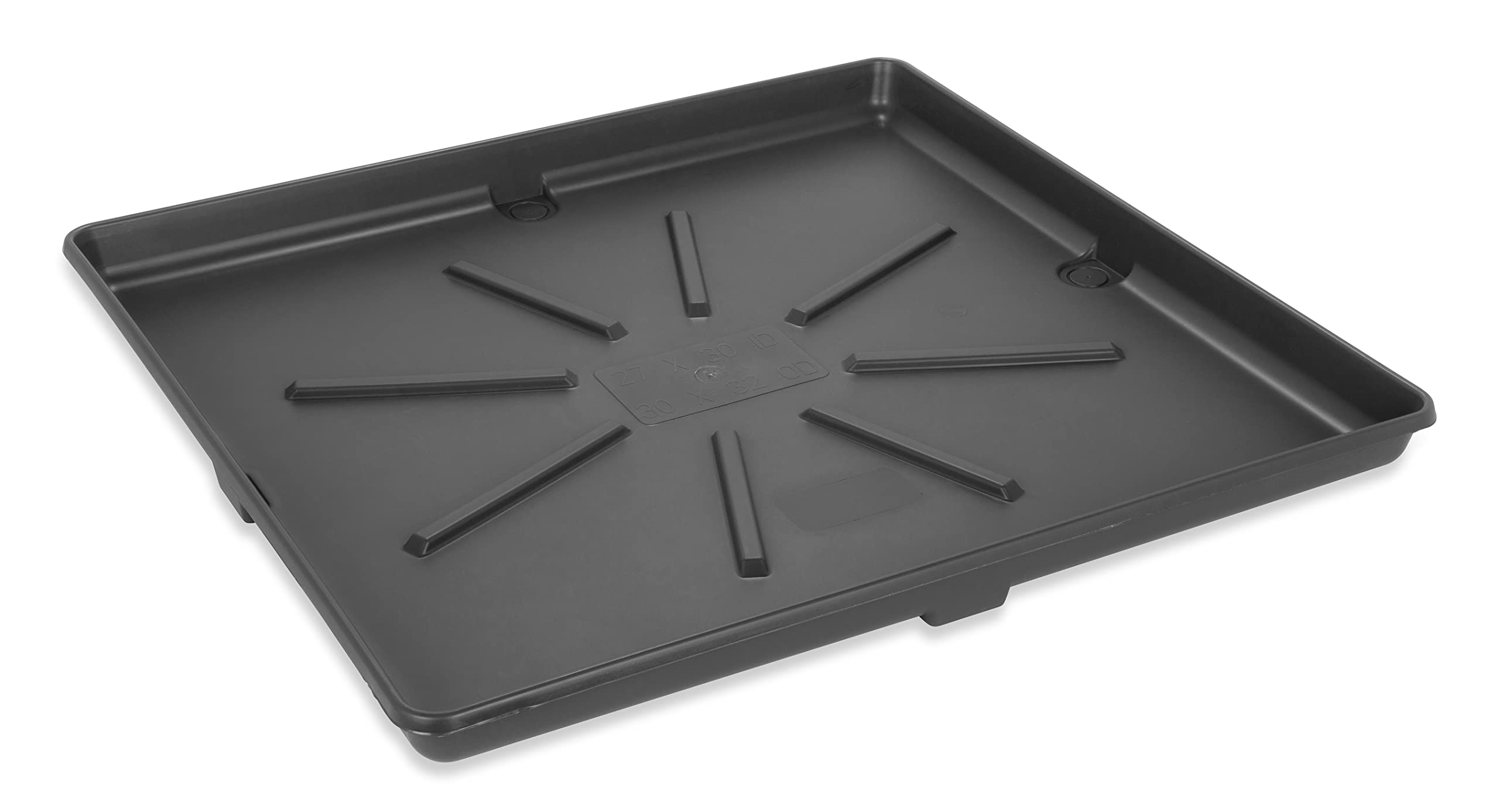
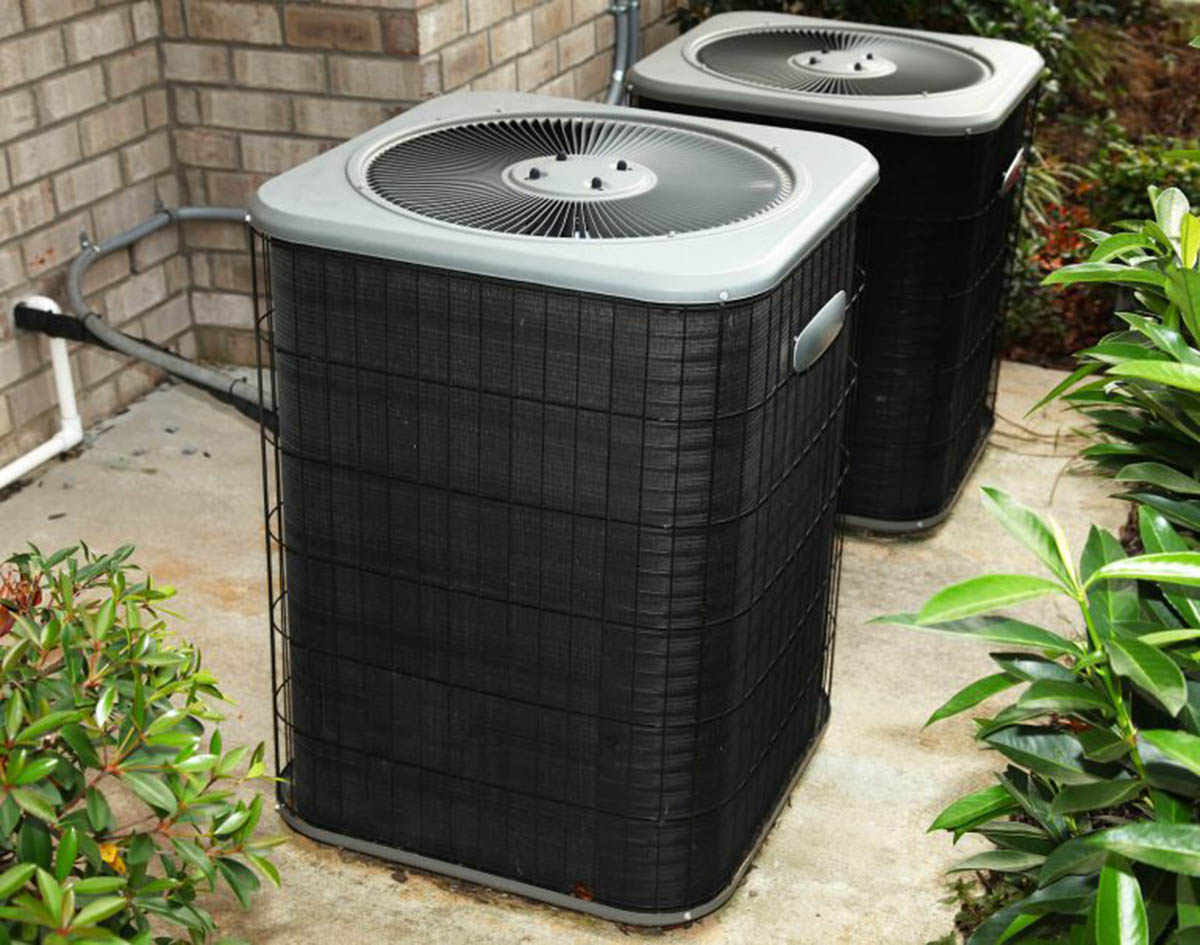
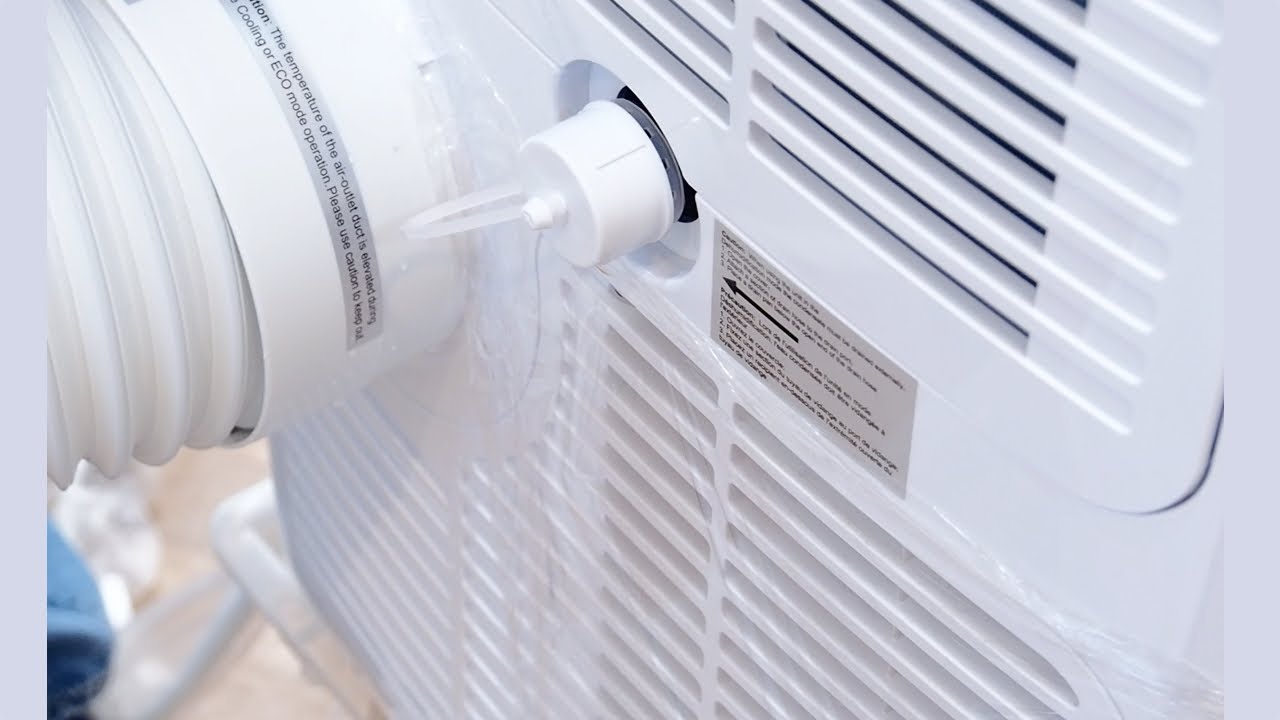
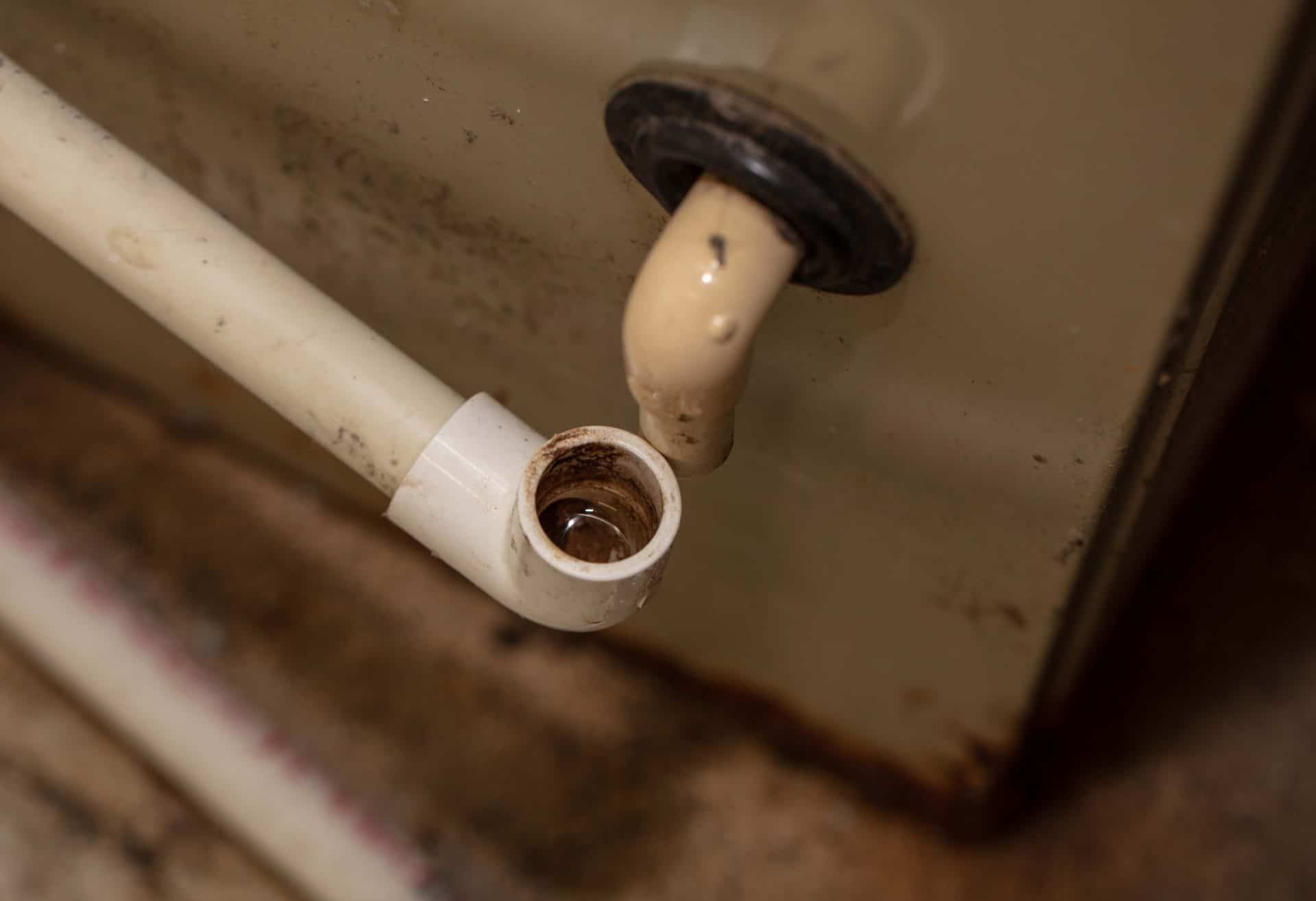
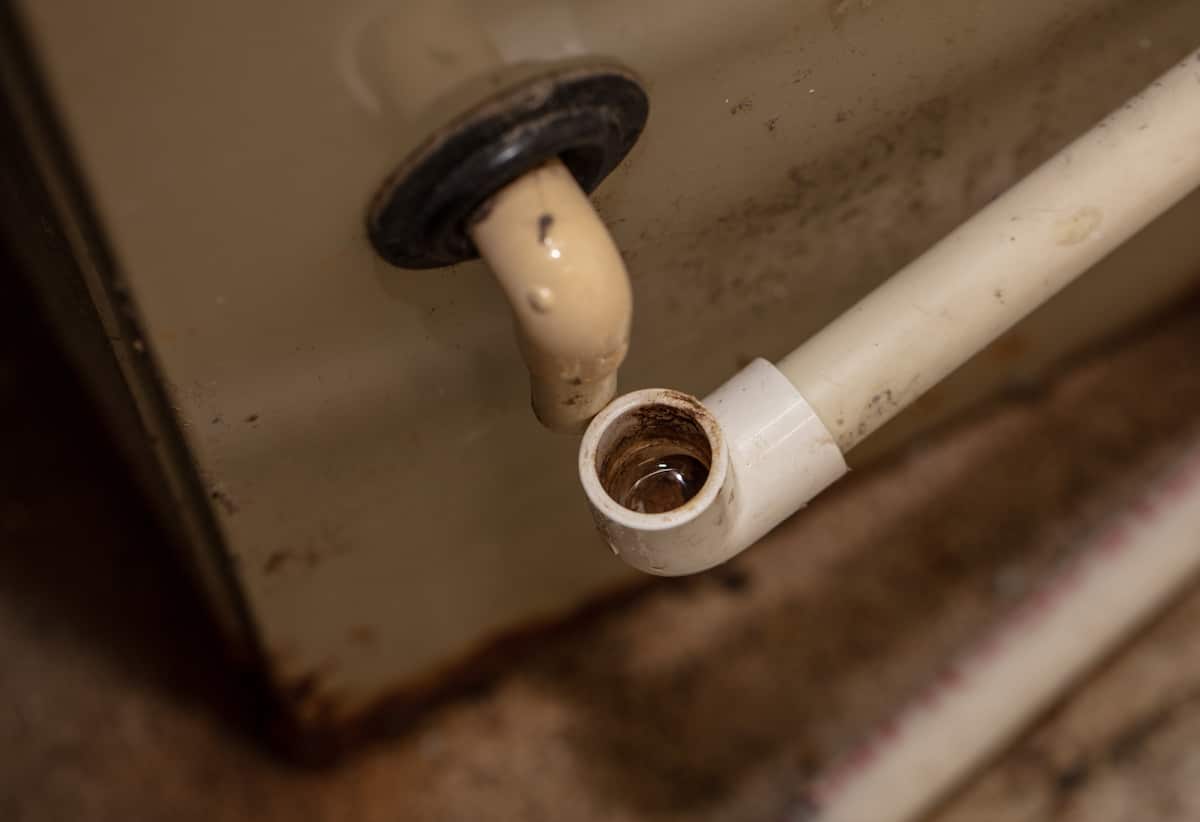
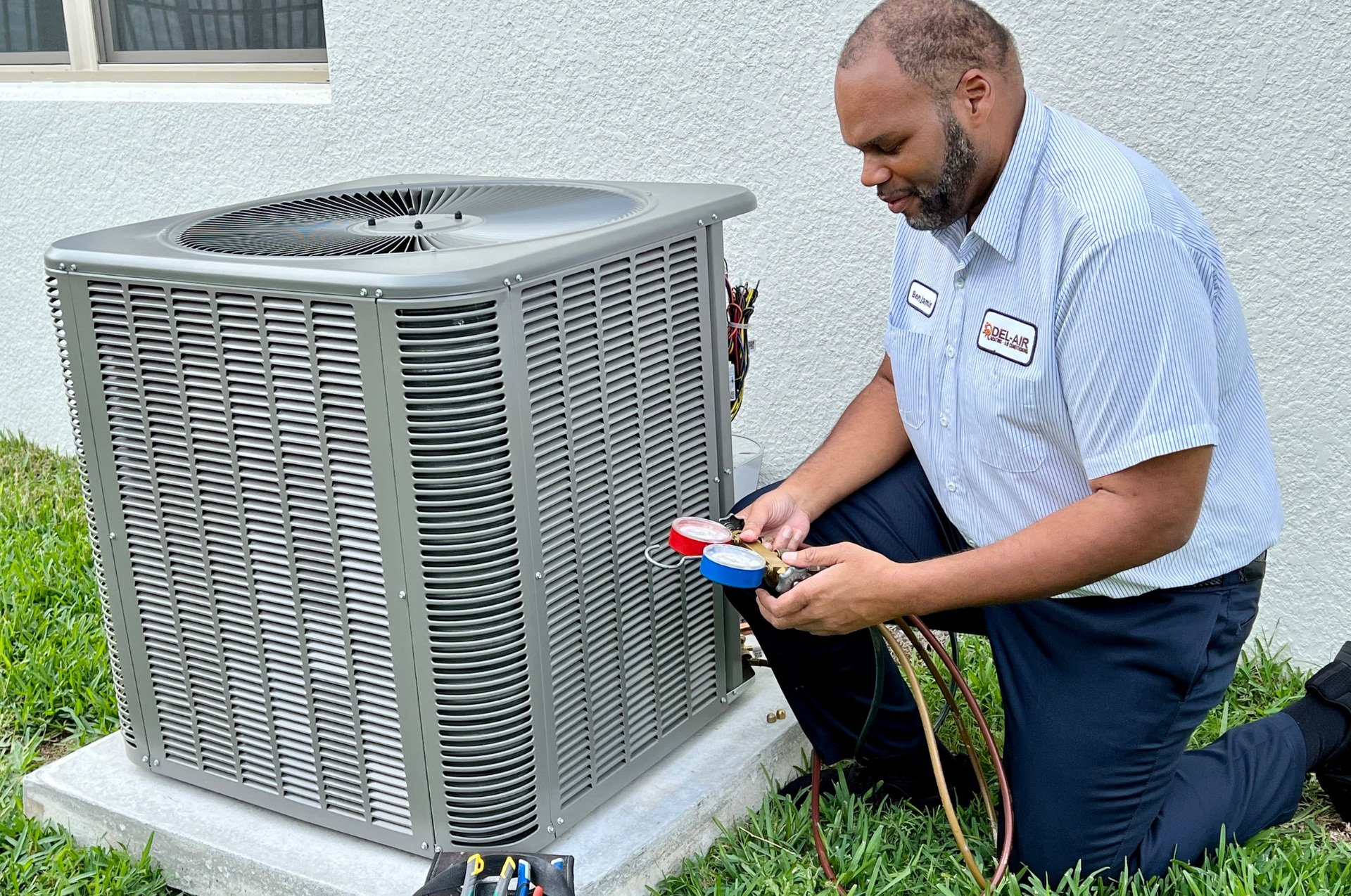
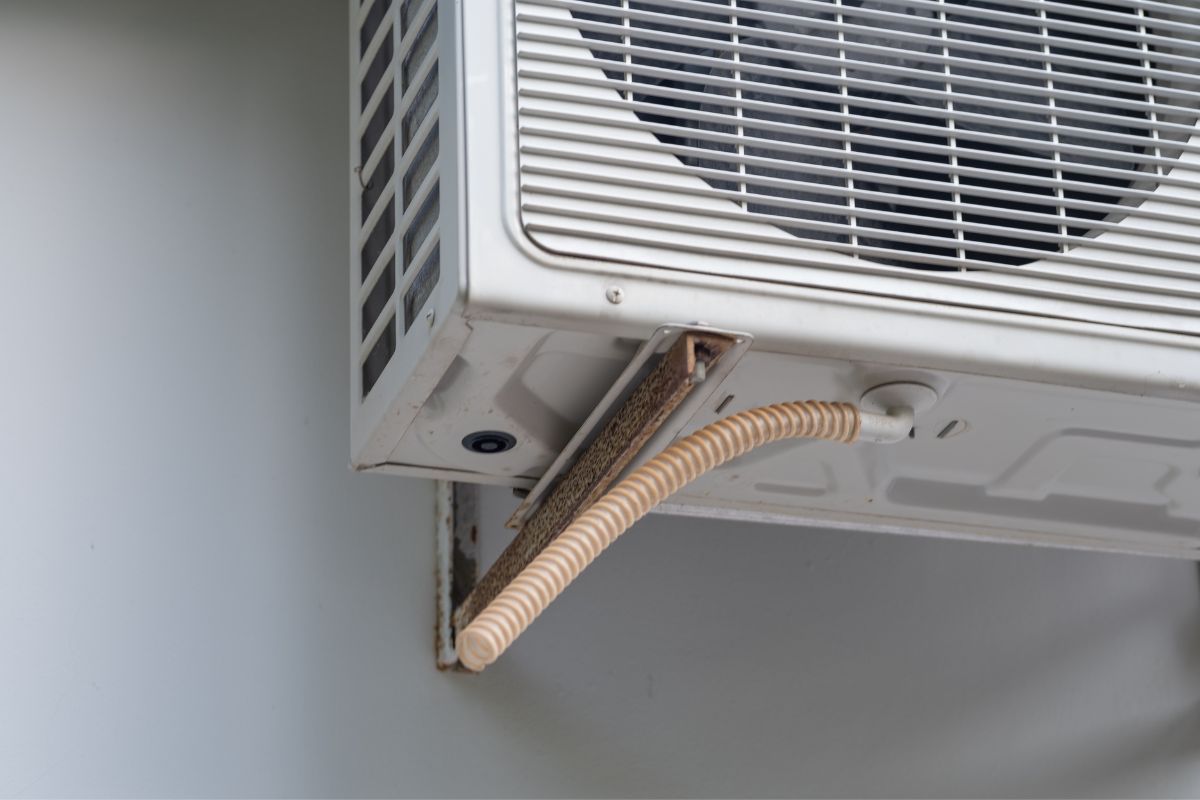
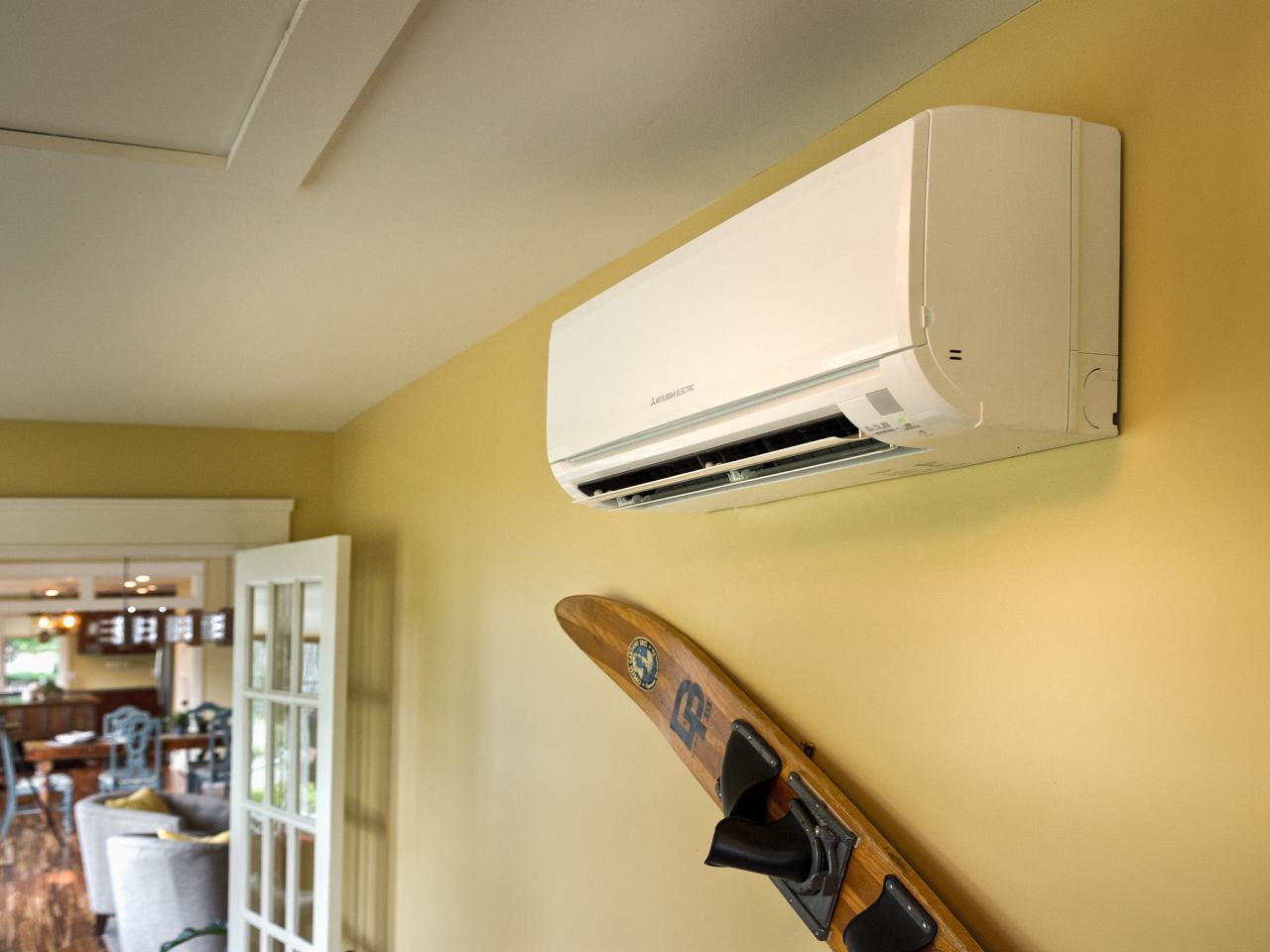
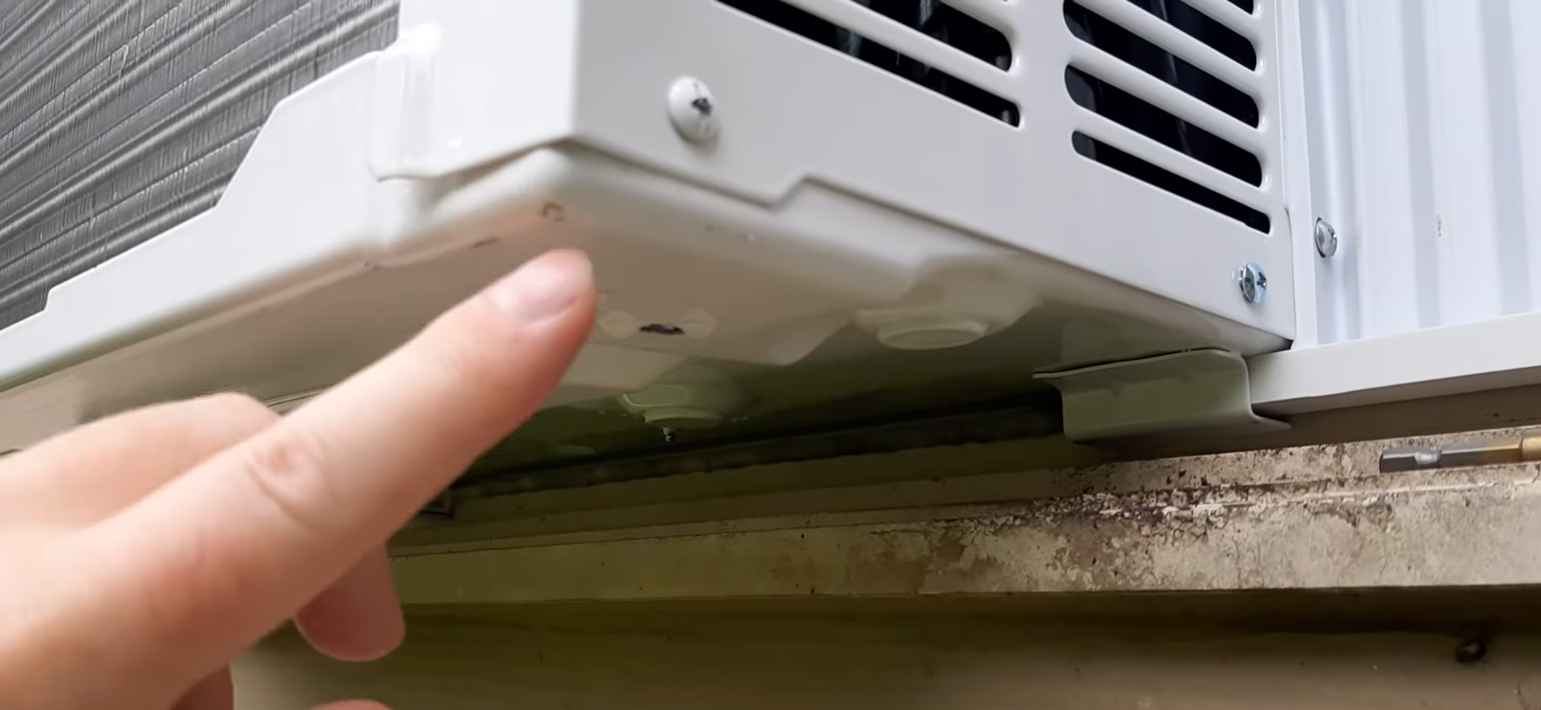
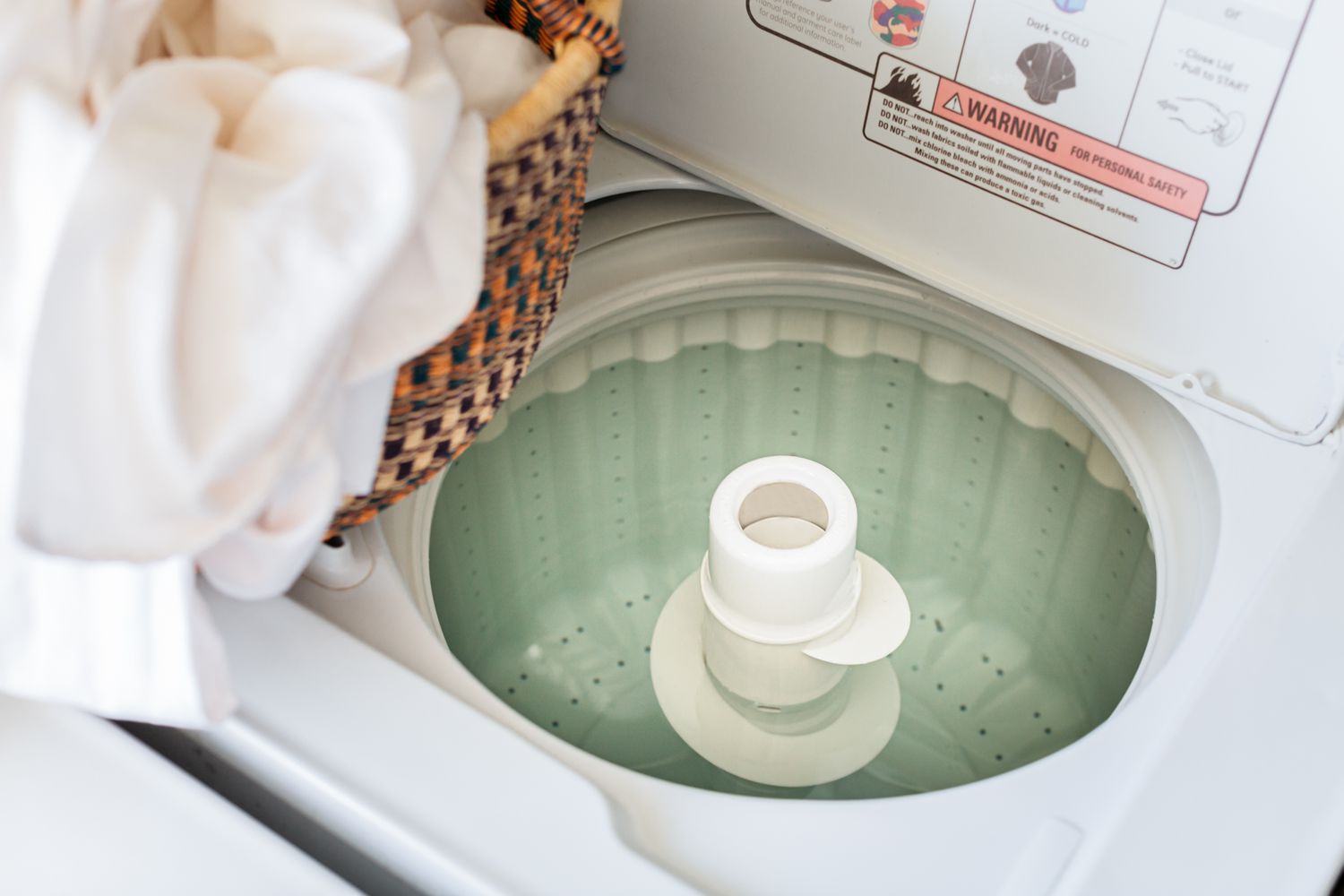
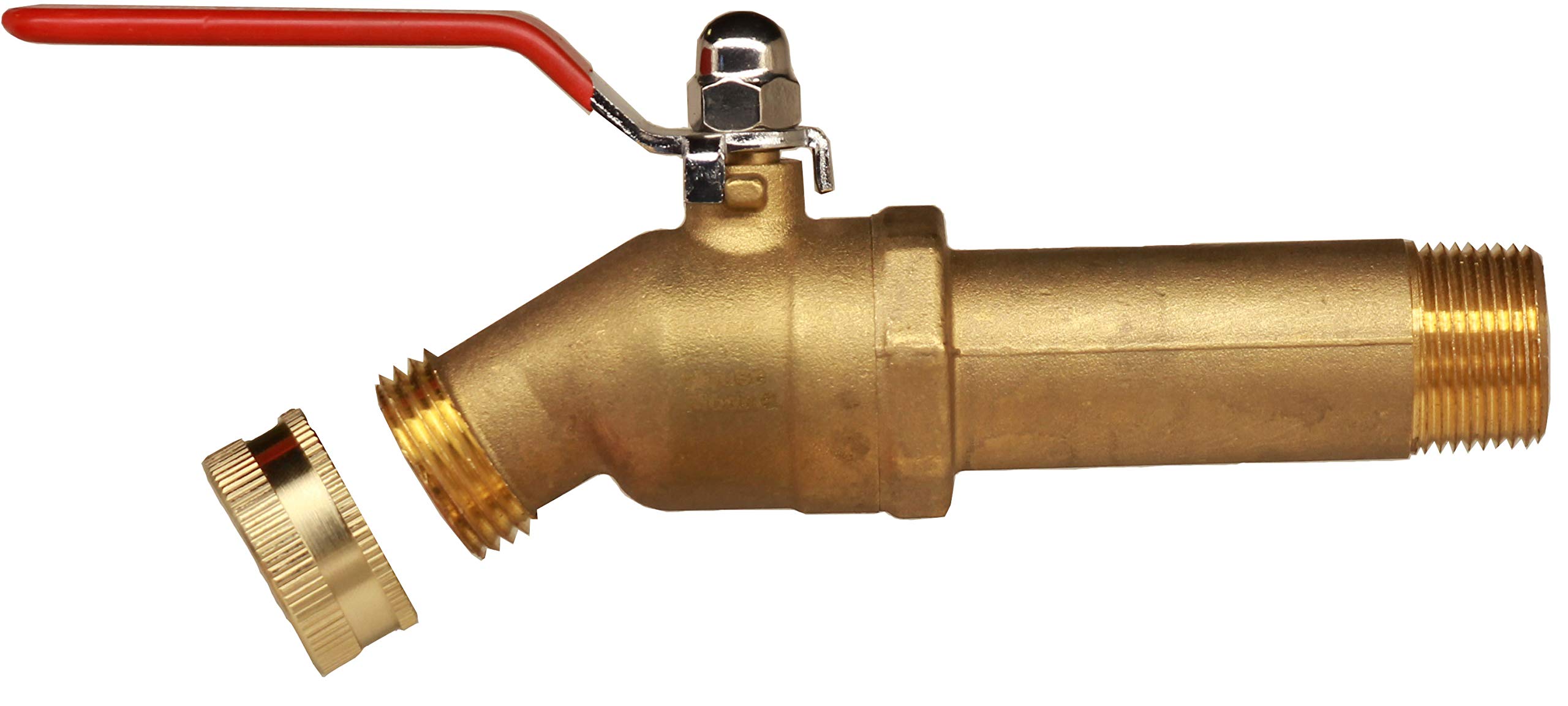
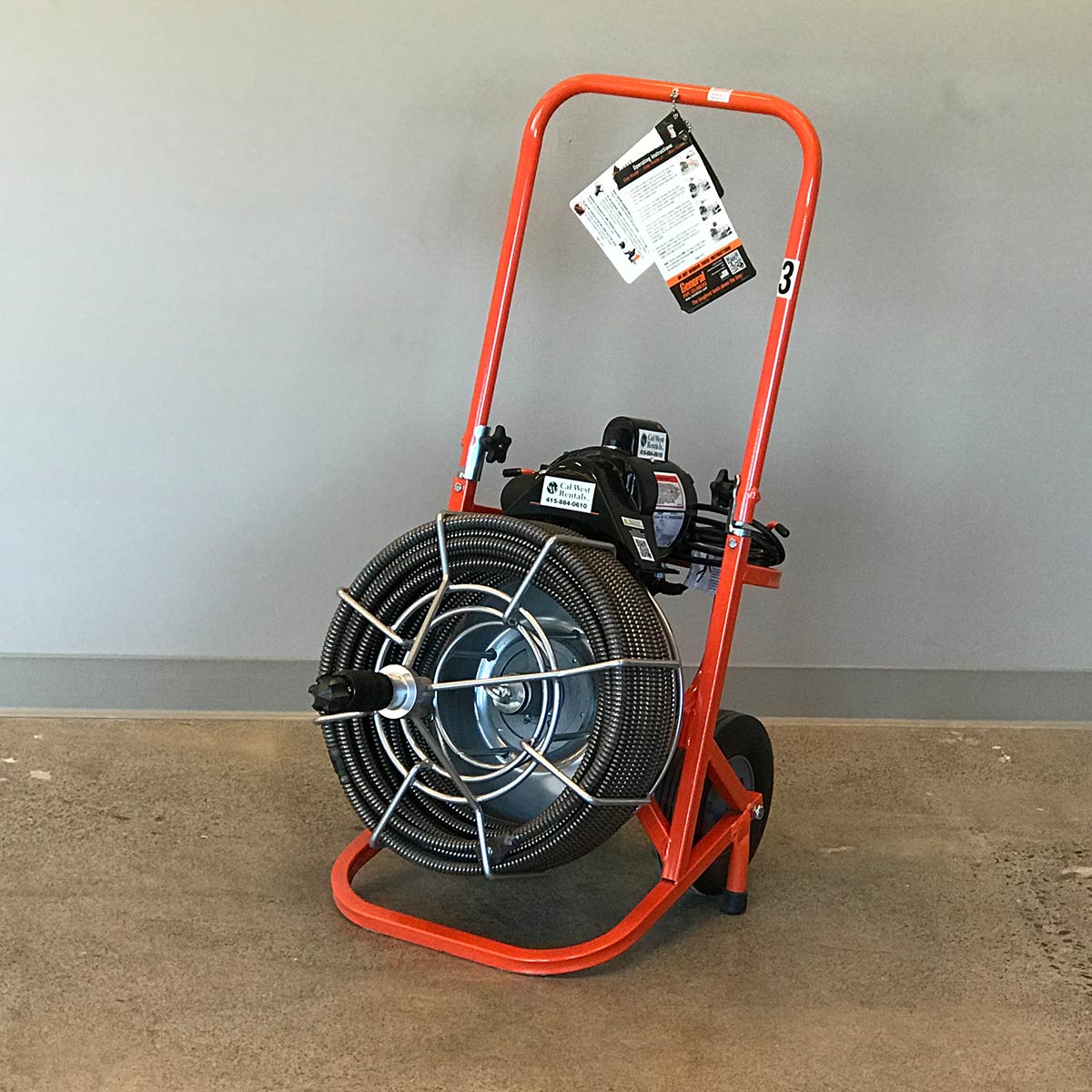
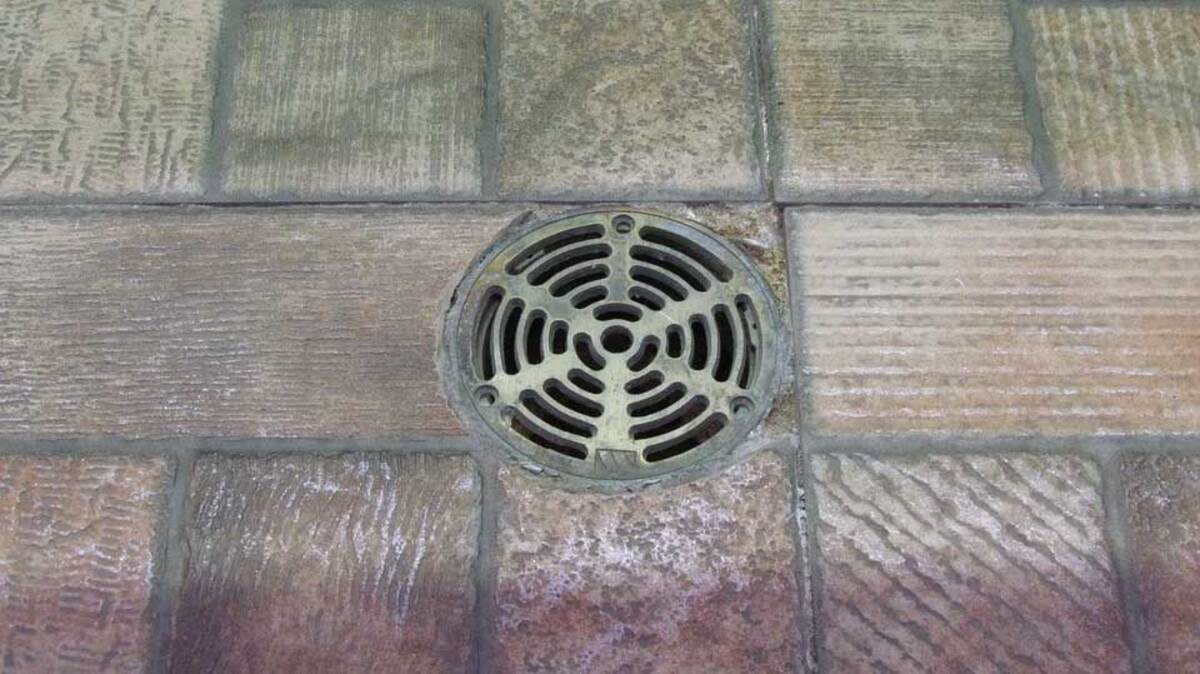

0 thoughts on “Where Is AC Drain Pan”